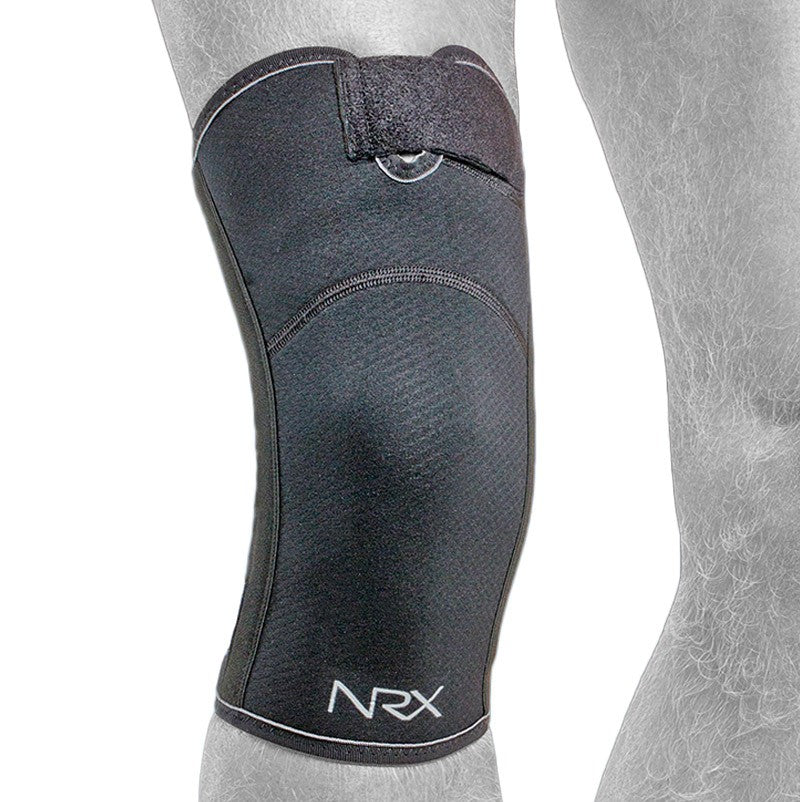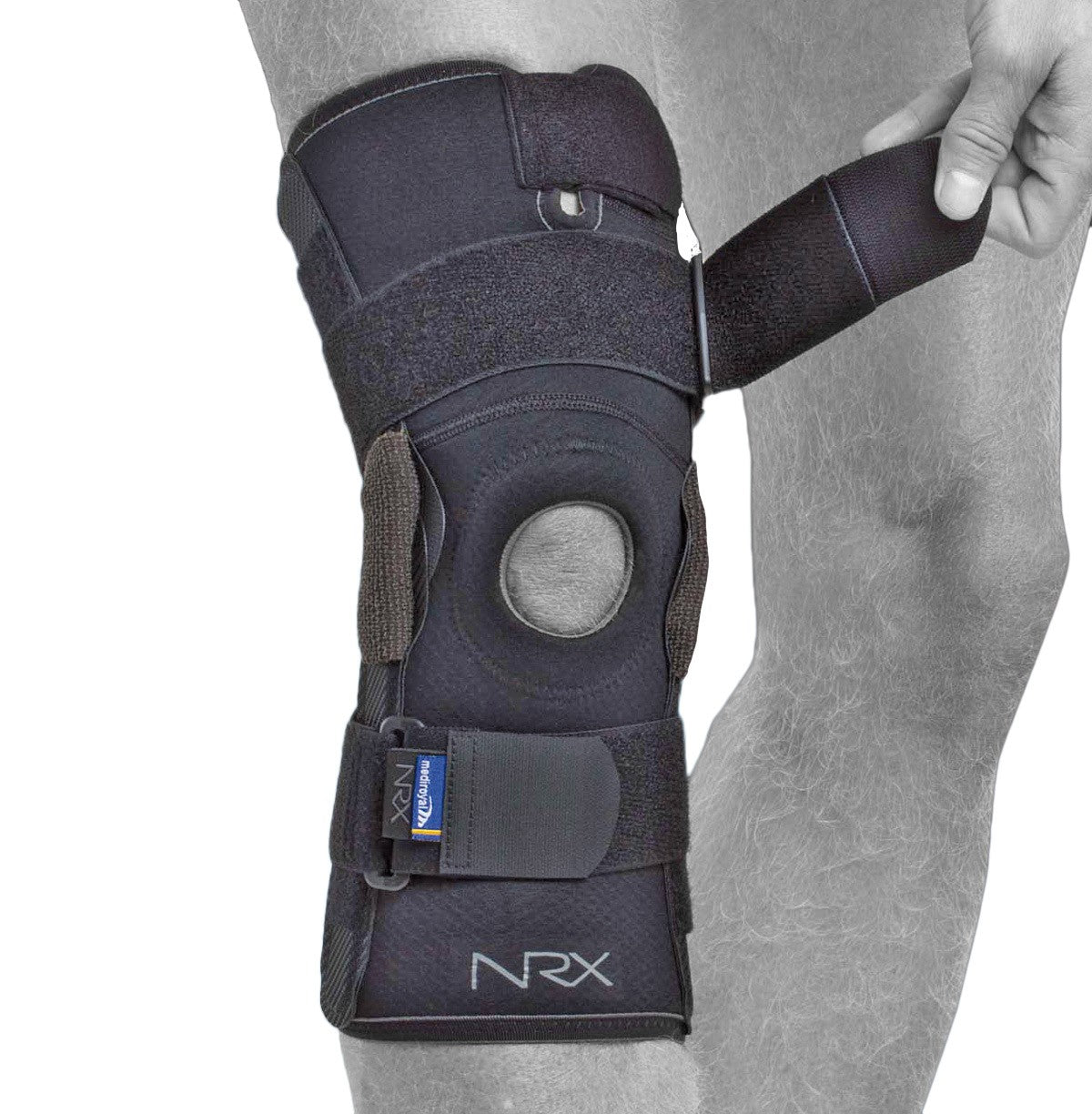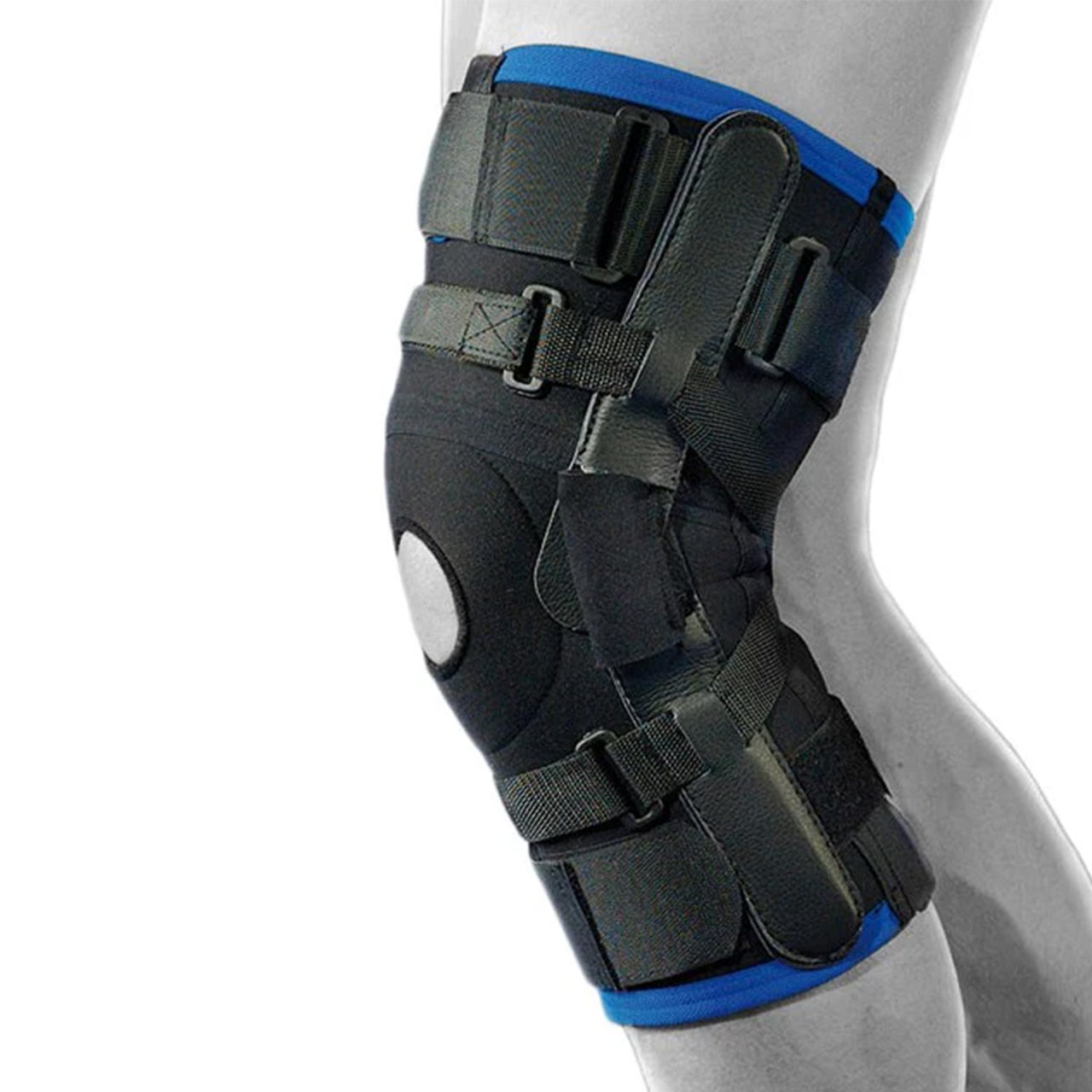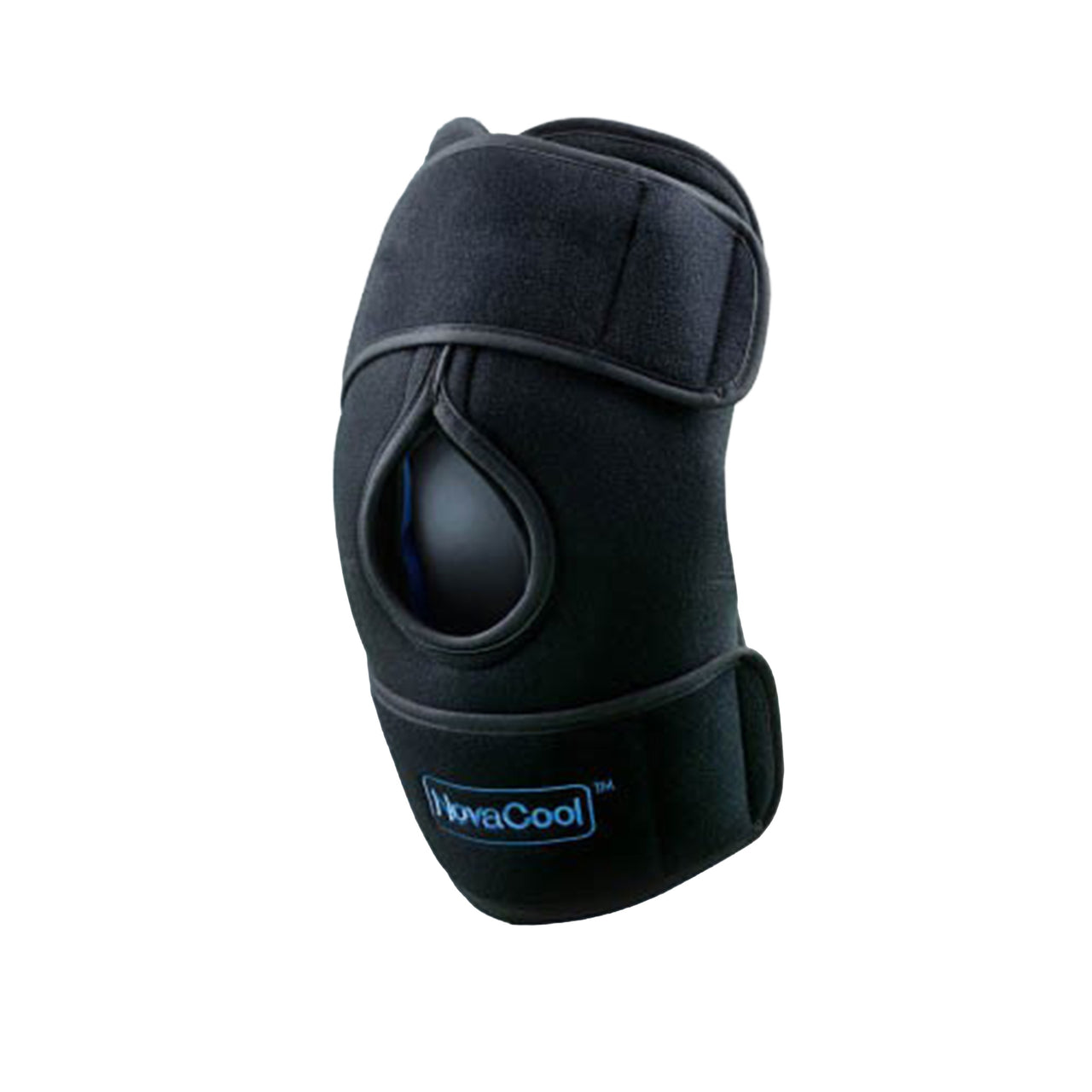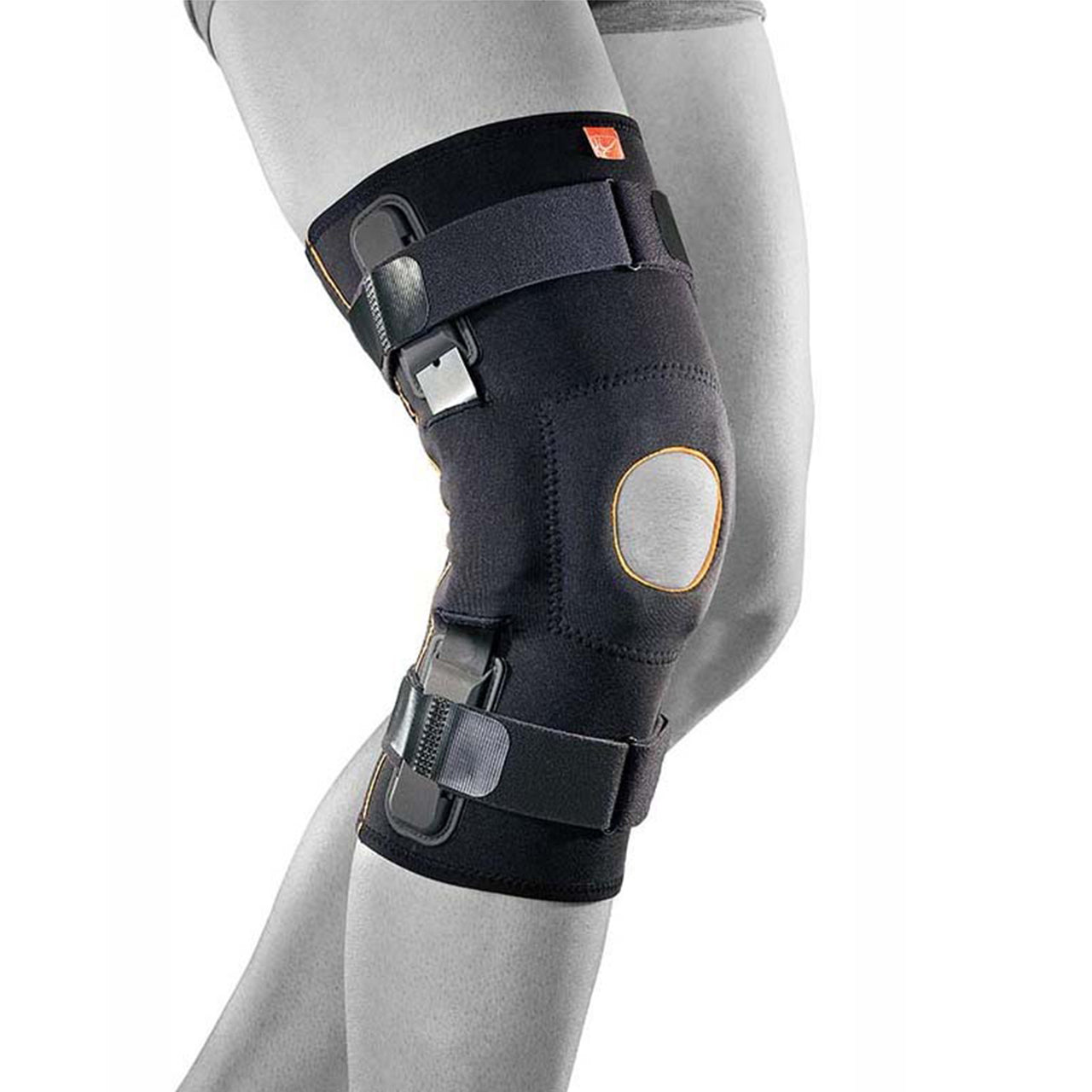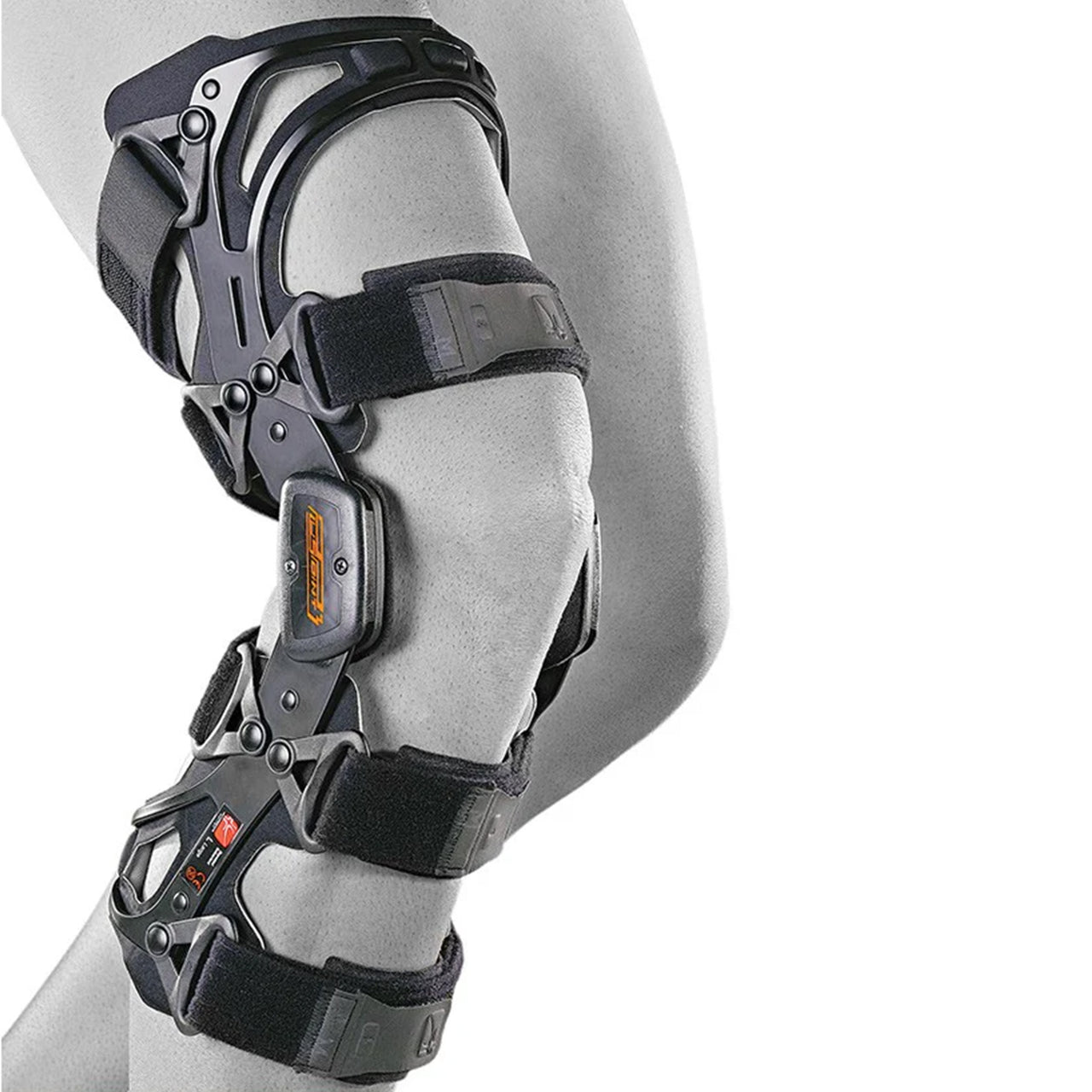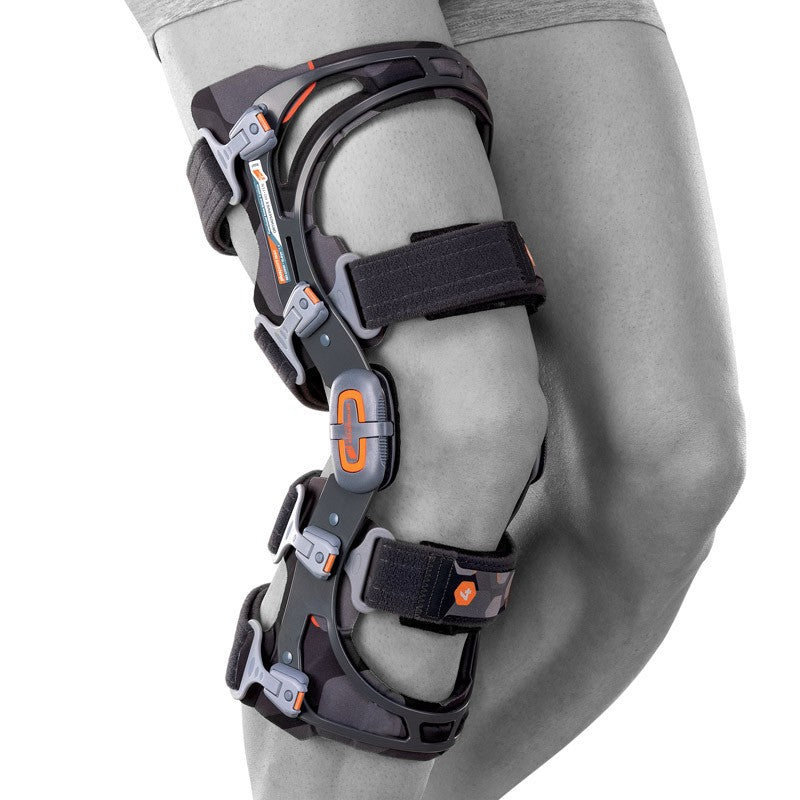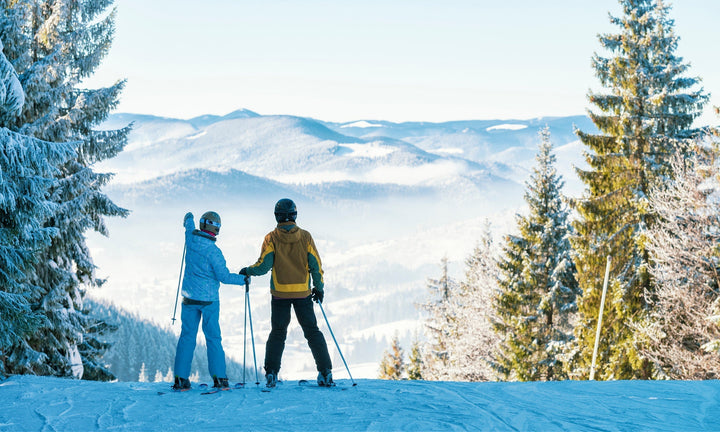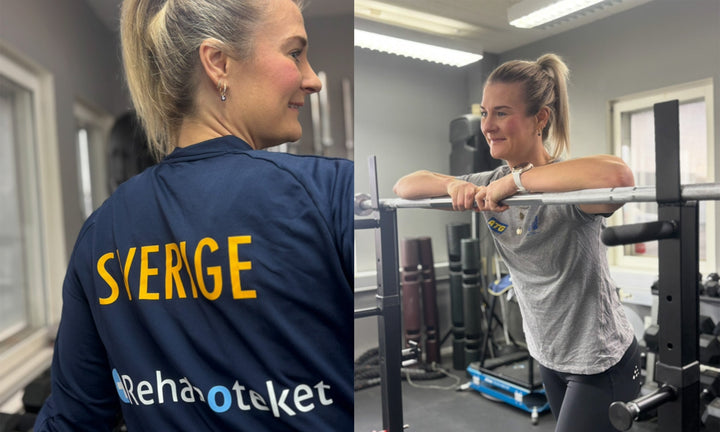
Ski season doesn't just mean great skiing – it also brings an increased risk of knee injuries. At high speeds and rapid turns, the knee joint is often exposed to great forces, which can cause damage to the ligaments and cruciate ligaments. These injuries can be both painful and long-lasting, but with the right knee protection for skiing, you can reduce the risk and feel safer on the slopes.
Common knee injuries when skiing
The knee is stabilized by four main ligaments:
- the medial collateral ligament (MCL)
- the lateral collateral ligament (LCL)
- the anterior cruciate ligament (ACL)
- the posterior cruciate ligament (PCL)
When skiing, it is particularly common for these to be damaged by twisting or incorrect landings.
Injuries to the medial or lateral collateral ligament (MCL/LCL injuries)
These injuries are often caused by lateral forces, such as a direct hit to the inside or outside of the knee. The ligament can be stretched or torn, causing instability and pain.
Anterior cruciate ligament (ACL) injuries
The anterior cruciate ligament is crucial for stabilizing the knee against rotation. Injuries often occur when the ski gets stuck in the snow and the knee twists or overextends backward. This is one of the most common and serious skiing-related knee injuries.
Posterior cruciate ligament (PCL) injury
The posterior cruciate ligament prevents the lower leg from sliding backwards in relation to the femur. Injuries are rare but can occur from direct force to the lower leg or from excessive bending of the knee joint.
How does a knee brace work in the event of an injury?
A knee brace protects the joint by:
- Prevent injuries – absorbs and distributes forces from impacts and twists.
- Provide support and stability – especially important in case of previous injuries to avoid recurrence.
- Facilitate rehabilitation – stabilizes the joint under controlled loading during healing.
Different types of knee pads for skiing
We at Rehaboteket offer several different models of knee pads adapted for skiing:
Rigid knee pads with splints
- Equipped with metal or plastic rails for extra stability
- Suitable for injuries to the medial or lateral collateral ligament (MCL/LCL)
- Hyper X system protection can counteract overextension and is often used for anterior cruciate ligament (ACL) injuries
- In the case of posterior cruciate ligament (PCL) injuries, knee pads with lateral stabilizing splints and flexion control are used.
Functional knee pads
- Made from strong materials such as aircraft aluminum.
- Provides the highest level of protection for unstable knees after serious injuries.
- Effective for anterior cruciate ligament (ACL) injuries or combination injuries.
- Designed to withstand torsional forces and enable safe skiing.
How do I choose the right knee pads for skiing?
Consider the following when choosing knee pads:
- Injury type – simpler knee pads for mild instability, functional knee pads for cruciate ligament injuries
- Activity level – the more intense the skiing, the more stable knee protection is needed
- Comfort and fit – the protection should provide support without hindering mobility
At Rehaboteket, you will find knee pads for skiing that combine stability, function and comfort – adapted for both preventive use and rehabilitation.
About the content – expertly reviewed by a physiotherapist
Our goal is to provide clear, practical and reliable information about health, exercise and orthopedic aids. All our blog posts are based on proven knowledge and are reviewed by our licensed physiotherapist, Ida to ensure that the advice is safe, up-to-date and relevant.
You might also like to read
- Osteoarthritis problems during the colder months of the year
- Knee protection & knee stability for skiing – exercises, tips and support on the slopes
- Thumb osteoarthritis – when the base joint of the thumb hurts
Related injuries
Find the right support for your needs
Need help choosing the right product? Use our filters to sort by injury, body part or sport – or chat with our AI assistant Eir, who can help you 24/7. You can also get personal advice from our licensed physiotherapist, Ida, via email or phone if you want expert support in your choice.

